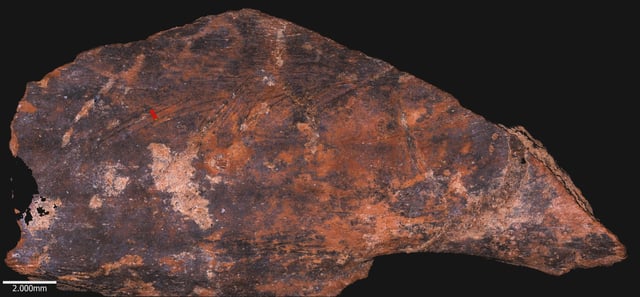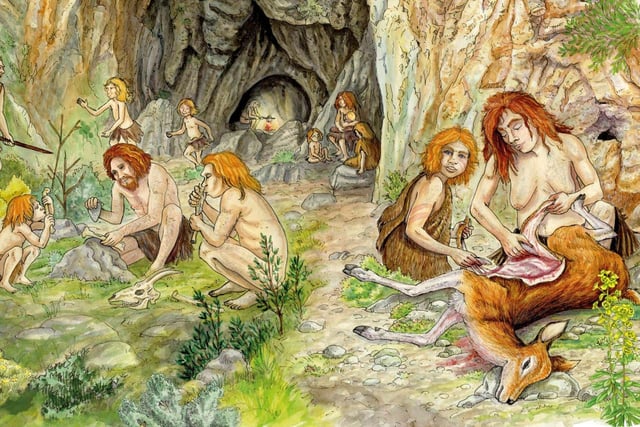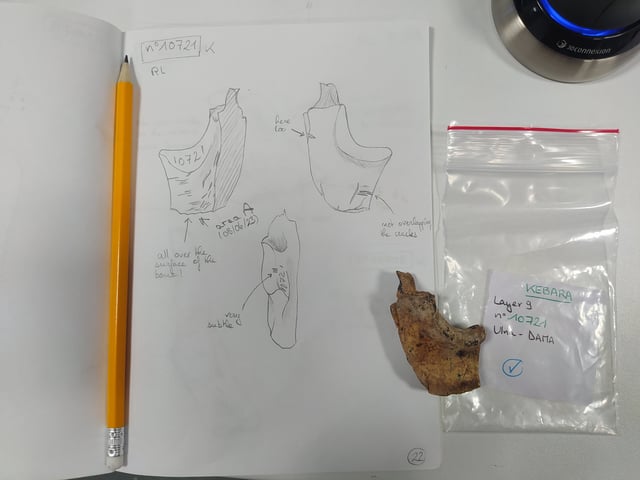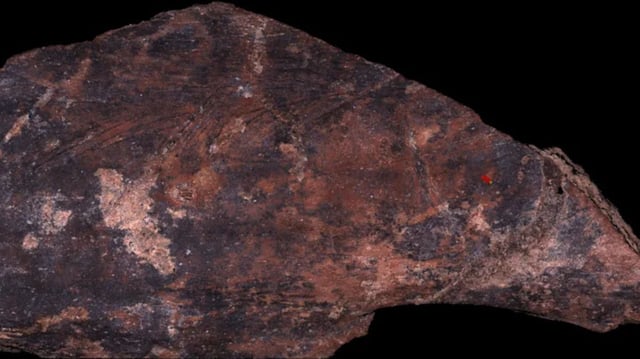Overview
- Comparative cut-mark analysis shows Amud bones bear denser, overlapping cuts in contrast to the more linear incisions at Kebara.
- Amud remains exhibit 40% bone burning and extensive fragmentation compared to Kebara’s 9% burning and lower fragmentation rates.
- Similar flint tool characteristics and shared prey species rule out ecological or technological factors as causes of the butchery differences.
- Researchers propose that pre-butchery treatments like meat drying or carcass hanging, along with variations in group organization, could explain the divergent processing patterns.
- The study calls for further experimental archaeology and comparative analyses to deepen understanding of cultural transmission in Neanderthal subsistence behaviors.



